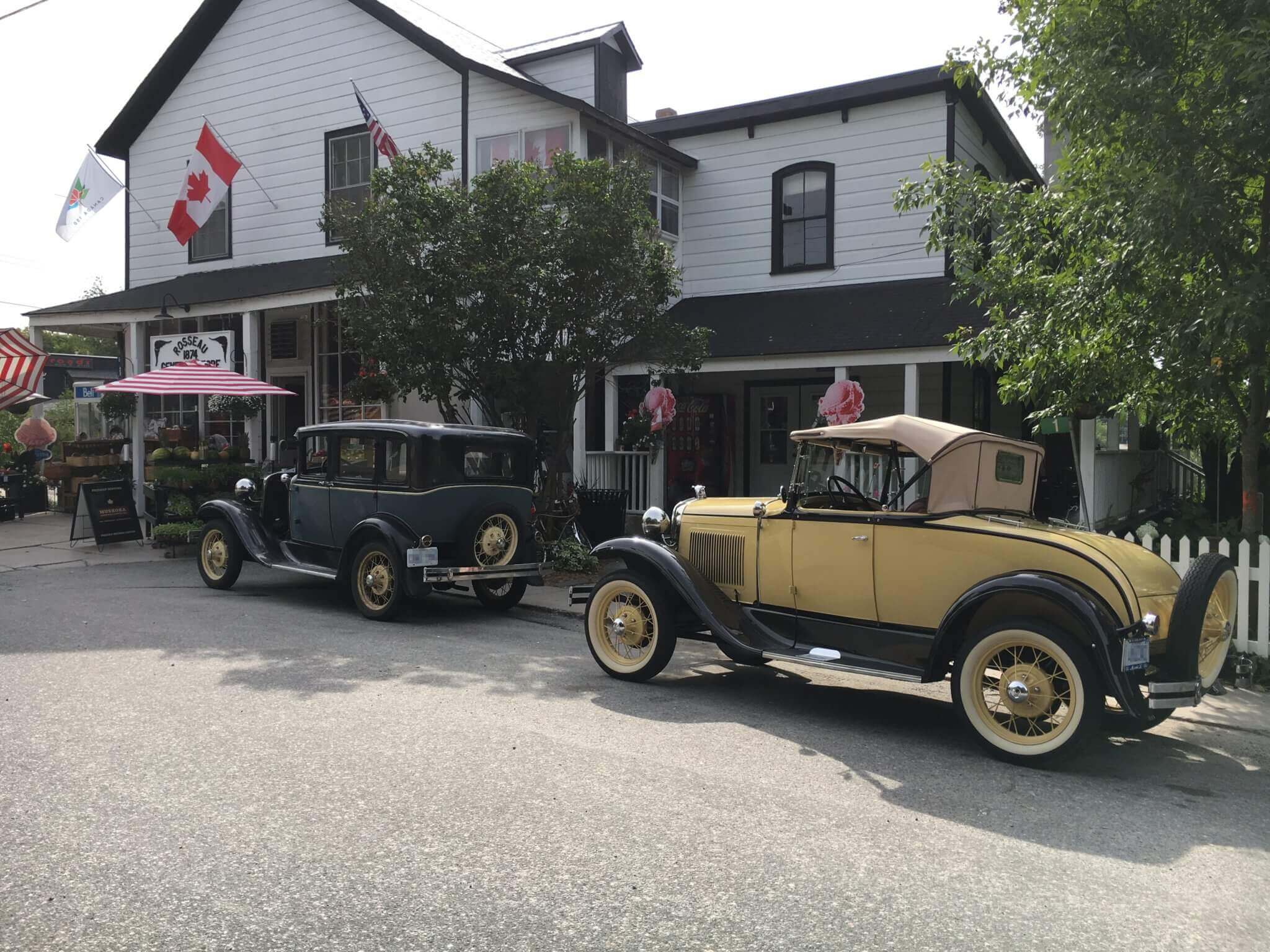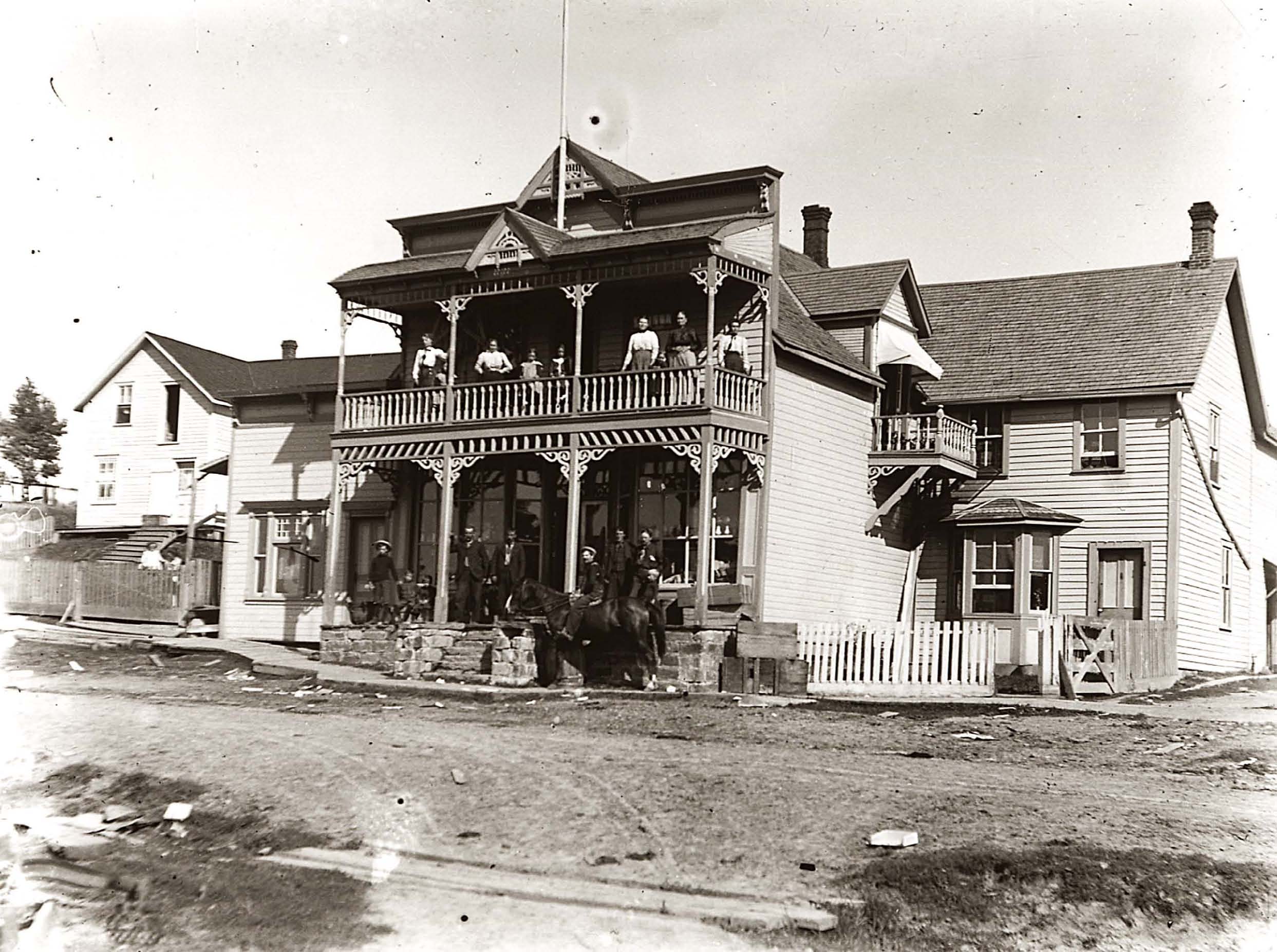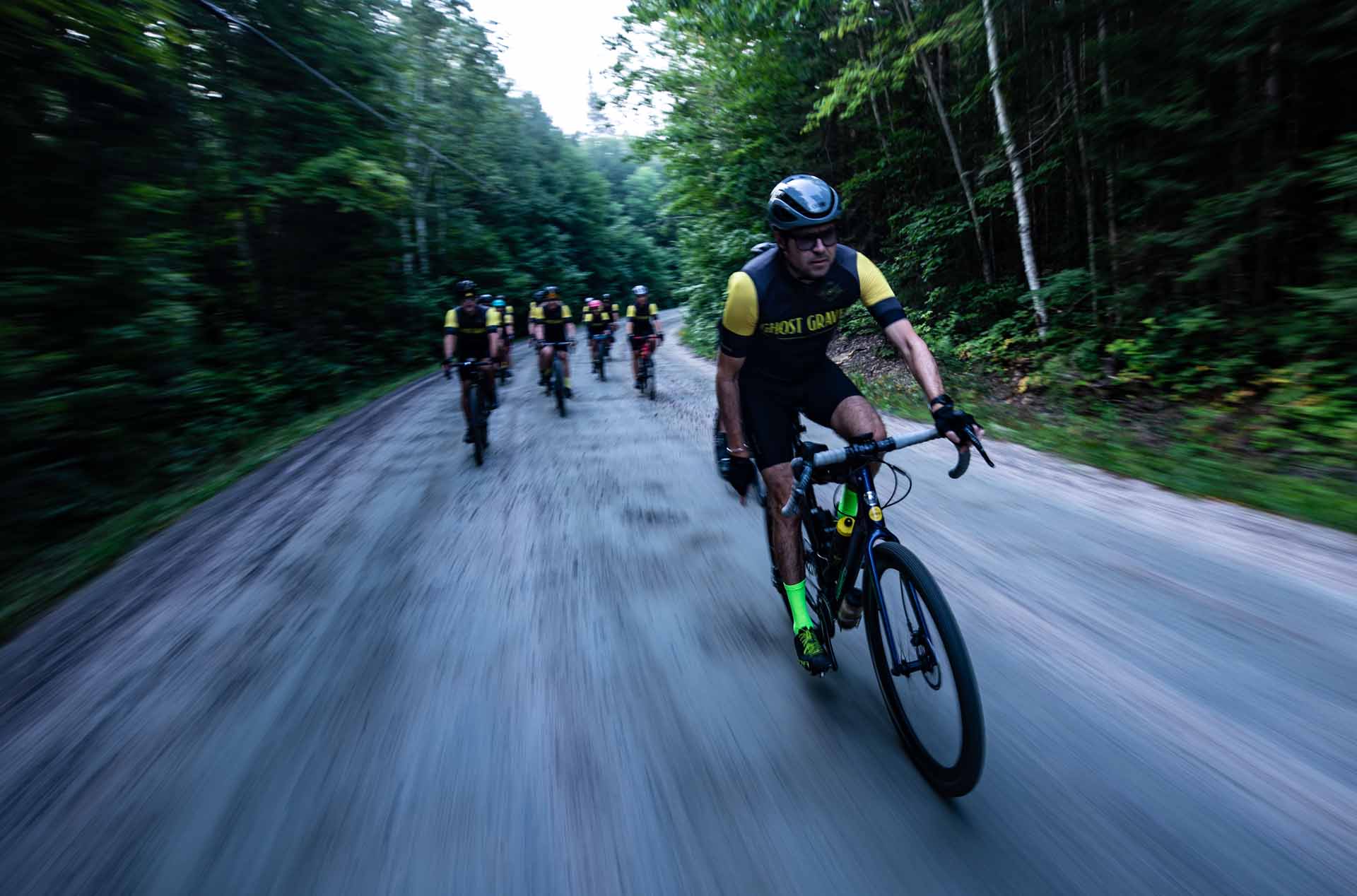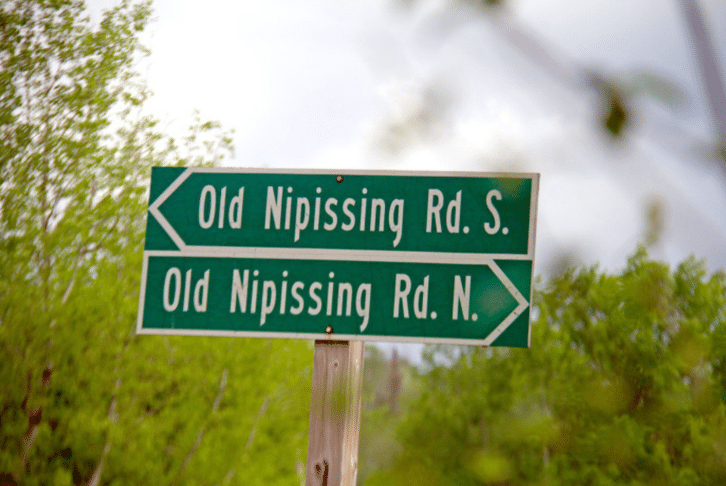
Discovering the ghost roads of Ontario’s Cottage Country
The last colonization road, connecting Rosseau to Nipissing Village, blazed through the territory 150 years ago. The Old Nipissing Road opened up many new settlements to hopeful pioneers looking to call Ontario home.
Many of those settlements have since disappeared but remnants of old barns and log cabins remain and the road’s legacy lives on. Inspired by this history, the good folks at the Commanda Museum, where the road runs by, are celebrating this piece of history culminating in a summer festival on August 17.
So take the route less travelled and follow in the footsteps of early pioneers, whose relatives still call this area home!

How it All Began
For thousands of years the south shore of Lake Nipissing, an area referred to as “Nahmanitigong” was a regional centre for the Indigenous people who relied on canoe and walking trails. The Hurons, Ojibway and Algonquins, would hunt and fish this area in the summer but sheltered on Georgian Bay in the winter.
In the 1600s, French explorers travelled the area, with the assistance of Indigenous guides and by the late 1700s, England was in control of “Upper Canada” and settlement of Ontario proceeded partly by way of colonization roads.
By the mid-1800s, the pine in southern Ontario was depleted, so the government decided to open the Ottawa-Huron Tract of land between the Ottawa River and Georgian Bay, and encouraged settlers to stake out homesteads.

In 1864, the Old Nipissing Road was authorized by the government to encourage settlement of the area north of Rosseau. It ran 120 kilometers through Commanda ending at the South River at what is now Nipissing Village. By 1874, the road was mostly open year-round and by 1877, stage coaches travelled between Rosseau and Nipissing, passing through Commanda, three times a week.
In 1868, the government formalized their homestead process by enacting The Free Grants and Homestead Act of 1868 which granted free land to anyone over the age of 18 years of age who was prepared to clear and cultivate 15 acres of land and erect a home within five years. Small towns and hamlets sprung up along the route withe hundreds of families eager to carve out a life in Ontario.
The Road’s Demise
The early land grab did not reap many rewards and the road was more settled in the 1880s than it is now. The surrounding land was not ideal for farming and it led to many early settlers moving further west. The new railroad that ran out of Gravenhurst created more attractive towns to the east. All buildings erected by the first settlers were mostly gone by the 1920s and only Magnetawan, Commanda and Nipissing Village survived. Alsace, Ashdown Corners, Barrett, Bummer’s Roost, Christian Valley, Dufferin Bridge, Hotham, Mandeville, Midlothian, North Seguin, Rock Hill, Royston, Rye, Seguin Falls, Spence, Storey, Starrat, Wade’s Landing are all gone or considered ghost towns now.
The road runs through the centre of the Parry Sound District between highways 69 and 11. Parts of it can be reached on any cross highway including 141, 518, 520, 124, 522 and 534. It winds along 120 km of gravel road, bush trail and paved highway (#510) from Rosseau on Highway 141 to Nipissing on Hwy. 534

Modern Uses
Although many parts of the road are now lost to traffic with many sections just bush trail, the old road has found new uses. Hikers, mountain bikes, ATVs and snowmobiles all use parts of the road. The Forgotten Trails Association teamed up with the Discovery Routes organization to have part of the Old Nipissing Road designated as part of the Trans Canada Trail. The popularity of gravel biking has led to the Old Nipissing Ghost Road Trails with routes starting in Commanda, South River, Magnetawan and Sprucedale. On August 17 a gravel ride is being organized to tie in with the celebrations of the road’s history.
Commanda Museum Celebrates
Visit Commanda this summer to experience the architecturally-unique 1885 store and 1883 church, and the artifacts which make up the Commanda Museum. Enjoy three new exhibits – the 150th Anniversary of the Old Nipissing Road with a copy of the original long survey map, including names and dates of the original owners. Search the information at the Commanda Museum to see if you can find your ancestor’s names. There is also a Genealogy Exhibit and Indigenous Exhibit – anchored by paintings by renowned Indigenous artist, Bradly Dreamwalker Macdonald. Visitors can enjoy the internet café with homemade baked goods, a huge selection of second-hand books with a cute reading nook and, of course, enjoy the best milkshakes around!
On August 17, as part of the Celebration of the 150th Anniversary of the Road, Commanda Museum is hosting a summer festival with live music and entertainers, games for children and adults, beer and wine tent, local artisans selling their wares, exhibits and so much more.

